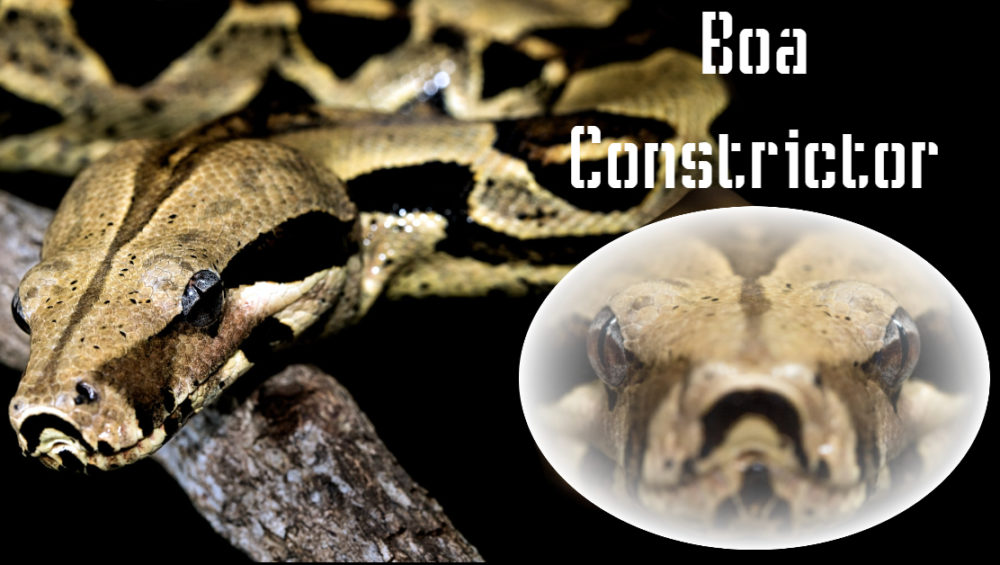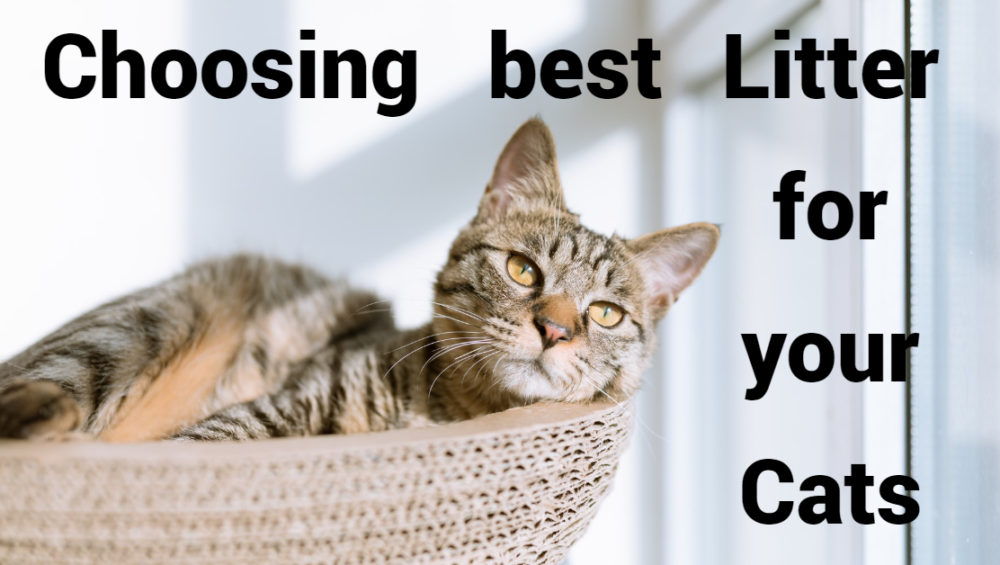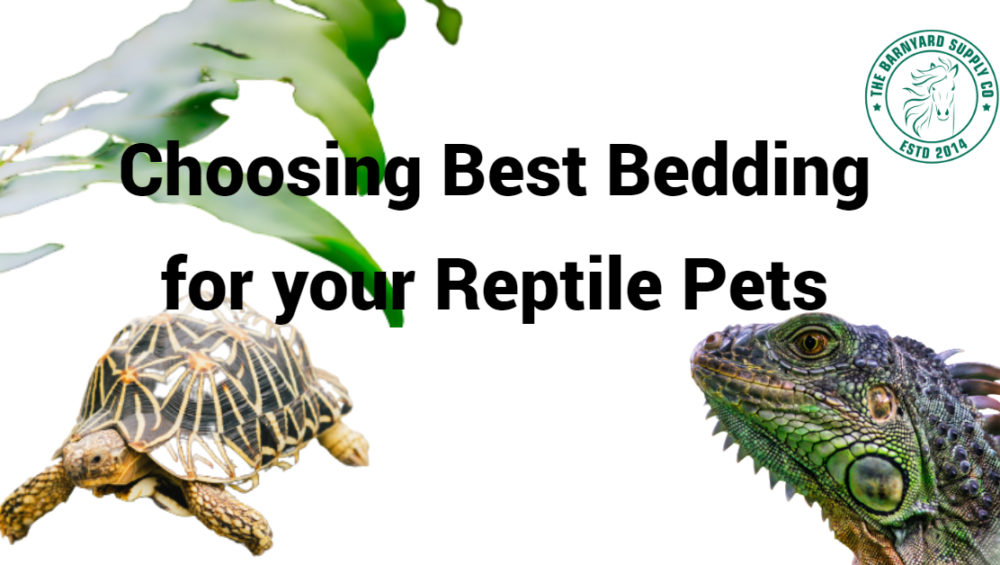Info
Boa constrictor is a one large, heavy bodied snake belonging to the family, Boidae. Commonly found in tropical South America and islands of Caribbean. Boas live in a wide variety of environmental conditions like tropical rainforest to semi desert lands.
Boas are generally found in captive breeding, the 2 major breeds of boas that are common among breeders are Red-tail boas (Boa constrictor constrictor) and Northern boas (Boa Constrictor Imperator). They are quite docile in temperament and and live comfortably in humid temperature, after taming they become quiet and calm pets.
Boa is a nocturnal species that’s active at night and sleeps at day. It is fairly a low maintenance snake and doesn’t require much care in daily routine and their dietary feeds are on the mark. They are non-venomous snakes, so the only self-defense is their inherent strength, they coil around the prey, wrap tightly around the jawline, squeezing, finally crashing the bones.
Behavior and Temperament
Boas are typically active, alert and prefer seclusion by burrowing themselves in medium sized mammal holes, by doing so they hide from their potential predators. The younger boas (like semi-arboreal) are good swimmers, climbing into trees and shrubs to forage. As it gets older, boas become more terrestrial.
While living among people, boas tend to agitate when mishandled. So, it’s important to know how to hold in the right way, so it feels secure and free. Boas are quite temperamental and need time to get along. It often loosely wraps around you for more comfort and only constricts when it feels alarmed (like falling or manhandling).
Humidity and Temperature
The origin of boas is from tropical rainforests that have lower humidity range of 60-70%. And prefers warm temperature in the enclosure. During the day, it must be maintained at 82-90o F, at night 78-85o F.
The temperature of hot spots (where snake movements are highest) should be between 90-95o F.
The temperature of hotspots (where snake movements are maximum) should be between 90-95o F. The enclosure environment should be held at high regards as such
- Providing a combination of incandescent bulbs, ceramic heating elements and heat pads.
- Sun barking is the common habit of snakes, which provides Vitamin D in sunlight,
- Placing a bowl of water in the enclosure will raise humidity and bring along mist around.
Boa constrictors, like many snakes, need specific types of bedding to keep their tanks clean and their bodies healthy. Unfortunately, there are hundreds and hundreds of products out there, all claiming to be the best.
The best bedding for boa constrictors needs to be clean and natural. Free of mites and chemicals, the substrate needs to form a 2″ inch layer on the bottom of the tank. It needs to help retain heat and humidity while also being something the boa constrictor will burrow into.
What good bedding for boa constrictors needs to include?
Material
The material of a substrate is an essential element to consider. Not everything works well with boa constrictors. Keep in mind, the park instructor is semi-arboreal and usually lives in forest-tropical areas. Your substrate in captivity should emulate what they have in their natural forest floor. Shavings from trees or fibers are always good options.
Cleanliness
The other primary concern for boa constrictor bedding is how clean the material is. You might feel like you’re saving money by going to your local hardware store to buy some wood chips. But these wood chips are often treated with chemicals. So, it might not seem like it at first, but when the material gets wet, it often leaks these chemicals. It causes the boa constrictor skin to get irritated and possibly infected; these chemicals may kill your pet. The substrate from reputable pet dealers will always be clean and free of chemicals.
Heat And Moisture Retention
One of the great benefits of a substrate, especially for boa constrictors, is how some will help retain heat and humidity in the tank. Boas need a large space, especially when fully grown. It takes a lot of healing power to keep the tank where it needs to be. It’s the same with humidity.
Help With Droppings
One of the main reasons to get bedding from the owner’s perspective is to help with cleaning up poop. The good substrate will clump up around the droppings and make clean-up easier. The really good substrate may even begin to disinfect and kill the bacteria from the droppings. This is usually due to a higher quality material such as coconut fibers or coco chips.
Boa constrictors, at minimum, need an enclosure equal to the length long and half the length wide and high. The floor space should be covered with 2″ inches of substrate. This adds up to a lot of material quickly. Take, for example, an average bola constrictor at 8′ feet long. This means you’ll need floor space covered of at least 8′ x 4′ feet or 32′ ft.² of floor covering. Then, you need to cover this whole area with 2″ inches of substrate. Balance quality with your budget, but pick from our list, and you likely won’t be disappointed in either area.
Common options for boa constrictor bedding include:
Aspen shavings
Aspen bedding is one of the most common pets and snake substrates. It’s clean and free of mites or other bugs. It is a chemical free bedding option for your pet. The aspen provides something for the boa constrictor to burrow in. It holds on to heat and absorbs droppings. The only thing it doesn’t handle well is getting wet. Aspen shaving bedding is highly absorbent and tends to collect mold when wet. The aspen bedding doesn’t block the smells of droppings and other snake related things well.
Advantages:
· Safe and suitable for burrowing
· Retains heat well
· A large amount of substrate providing good value
Disadvantages:
· Absorbs too much when wet
· May tend to mold when wet
Coconut fibers
Coconut makes an excellent substrate and is popular with reptile owners for several reasons. Coconut fibers absorb droppings well and break down bacteria and odours. Coconut fibers respond well to moisture and help maintain a steady level of humidity in the air. This is an entirely chemical-free and safe bedding option for your pet. It doesn’t hold on to heat as much as a substrate with more substance to them, but the difference is minimal. It doesn’t tend to mold and lasts a long time.
Advantages:
· Long-lasting
· Trap’s droppings and breaks down odours
· Excellent at retaining humidity
Disadvantages:
· Higher price for the amount of substrate
Coco chips
Coco chip bedding is similar to a standard coconut fiber substrate. It has many of the same benefits, including odour-reducing, clean and safe, and suitable for retaining humidity. The coco chips are coconut fibers broken down smaller and more fine compared with the typical coconut bedding. This helps make the coco chips better at retaining heat. However, it does make it messier to deal with.
Advantages:
· Retains heat and humidity well
· Good for burrowing
· Trap’s droppings and reduces odours
Disadvantages:
· May be too small for baby boa constrictors
Your boa constrictor needs you to make sound choices for its environment in order to guarantee a healthy and happy life. Remember, safety and cleanliness from good materials made by reputable dealers are the most important things to watch for.










